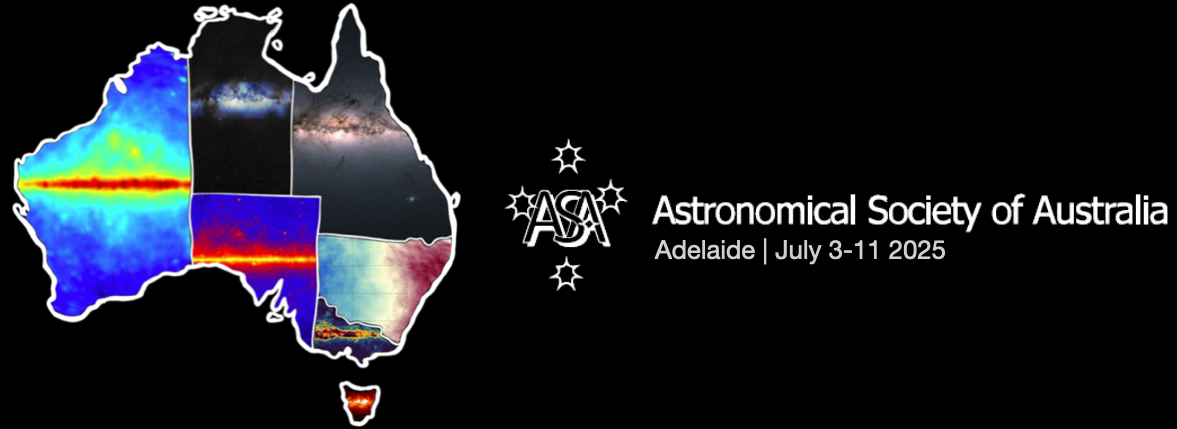Speaker
Description
Small stellar systems merge and are accreted hierarchically to form large galaxies like the Milky Way. We see the evidence for this process all around us: dynamically, as stellar overdensities in phase space in the nearby Galaxy; chemically, in abundance patterns distinct from those of stars formed in situ within the Milky Way; and spatially, as stellar streams and tidally disrupting satellites in the Galactic halo. This last source of evidence – a halo threaded through with a multitude of stellar substructures – has been the target of the Southern Stellar Stream Spectroscopic Survey (S5), an Australian-led international collaboration using the AAT + AAOmega to study the streams and disrupting satellites surrounding the Milky Way. S5’s science goals included characterising the Galaxy’s accretion history and constraining the distribution of matter interior to stream orbits. I will present highlights from S5, including evidence for the influence of Magellanic Clouds on halo stream orbits (and the Milky Way itself), the orbital properties of the stellar streams observed, and comparisons with simulation predictions for detectable streams and satellites. As the AAT enters a new phase of operation, we are launching a new, expanded survey of the Galactic halo: OzArch. I will give an overview of OzArch’s scientific objectives, and conclude with a look at the complementary capabilities of new facilities such as LSST and 4MOST for driving further major advances in our understanding of how galaxies like the Milky Way grow.

